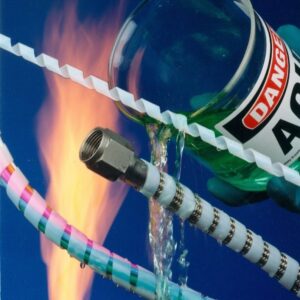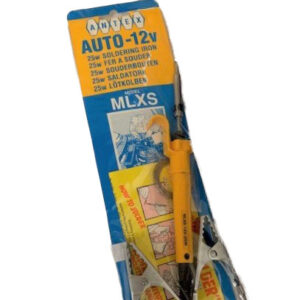
Ever look under your desk at the overwhelming jungle of cables and wires? There’s an easy and effective way to keep those cables organized, protected, and aesthetically pleasing.
Cable wrap is a great way to bundle wires, cables, hoses, and tubing in a firm, but flexible manner. It’s simply not safe to have wires and cords dangling or dragging, especially in already dangerous environments. It’s also messy and unsightly to have a tangled mess of cables.
Where do cable wraps come in handy?
- When organizing wires in and out of your computer, a cable wrap can be the perfect solution to make everything neater and more controlled. Depending on the extent of your computer set-up and the number of cords you have, a ¼ or ½ inch cable wrap should do the trick. No need for fancy or expensive materials either, the standard polyethylene will suit your needs perfectly.
- Machine shops and assembly lines can be very dangerous, so it’s never a good idea to have hoses or cables dragging on the floor. An automated robotic scenario is a good example of where this might happen. A cable wrap protects the cables or hoses and prevents them from chaffing, dragging, or snagging. A standard 1-inch polyethylene wrap works nicely in a shop environment.
- Airplanes often employ fire-resistant ¼ or ½ inch wraps around the engine area to keep wires organized and away from any potential dangers. These wraps are typically made of PTFE.
- Car engines also have many wires and cables. A nylon wrap comes in handy under the hood because it can withstand abrasion and is self-extinguishing in case of fire. These vary from ¼ to ¾ of an inch, depending on the size of the vehicle and the amount of wires.
As you can see, there are many applications where cable wrap can help! They also come in a variety of colors and can be used to differentiate hoses, cables and cords from one another.



